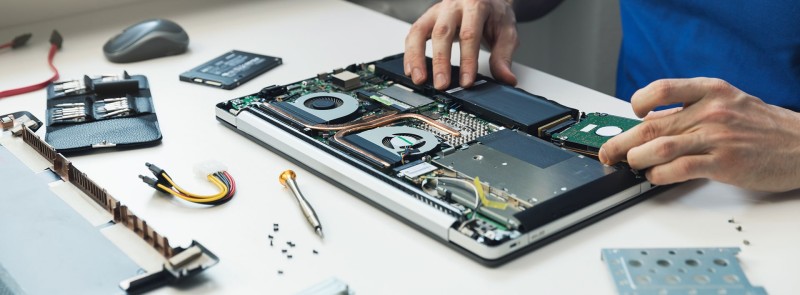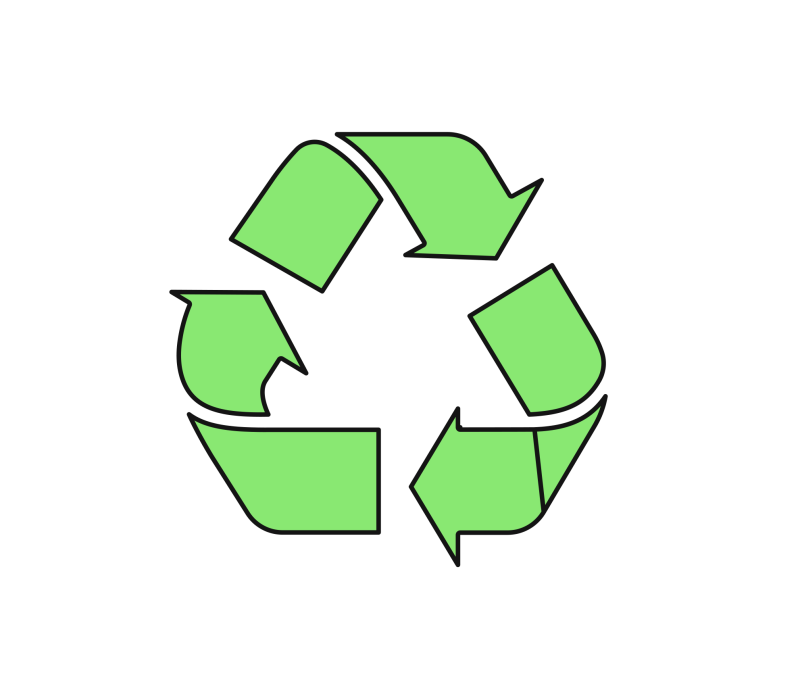

IT Asset Disposition (ITAD) describes the systematic process of safe, efficient and environmentally sound disposal or recycling of IT equipment and assets that have reached the end of their life cycle or are no longer needed. This process is of great importance for companies, as IT assets often contain sensitive data and their improper disposal can result in significant security risks, legal consequences and environmental impacts.
Core aspects of ITAD

Secure data destruction
One of the most important steps in the ITAD process is data destruction. Companies must ensure that all confidential data from storage media such as hard drives, servers or mobile devices is completely and irreversibly deleted or physically destroyed. This prevents sensitive information from falling into the wrong hands. Common methods include certified software solutions for data deletion or physical processes such as shredding and degaussing.

Recycling and reuse
Functional equipment can often be refurbished and resold, donated or reused in internal processes. This approach extends the lifespan of IT assets, reduces costs and contributes to sustainability. Refurbishing is particularly popular for making electronic devices such as laptops, servers or smartphones marketable again.

Recycling and environmental responsibility:
Equipment that cannot be reused is dismantled into its component parts to recover valuable raw materials such as metals, plastics and electronic components. Attention is paid to environmentally friendly processes in order to minimize electronic waste (e-waste) and to comply with legal environmental regulations.

Compliance and legal requirements
The ITAD process is subject to strict data protection laws such as GDPR in Europe or HIPAA in the USA. Companies must be able to prove that data has been securely destroyed and devices have been correctly disposed of or recycled. In addition, environmental standards such as the WEEE Directive must be adhered to.

Financial optimization
A well-executed ITAD process also offers companies economic benefits. The resale or recycling of IT equipment can bring back residual value that would otherwise be lost. At the same time, costs for storage and uncontrolled disposal are minimized.
Why does that matter?
In today's digital world, where companies are increasingly dependent on technology, large amounts of obsolete IT equipment are generated. Without clear ITAD strategies, security risks, data breaches and environmental pollution could have uncontrollable consequences. A structured ITAD process ensures that:
- Data is securely destroyed to avoid data protection risks,
- Sustainable processes are used to conserve resources and reduce electronic waste,
- Companies comply with legal requirements and minimize liability risks.
IT asset disposition not only contributes to compliance with legal regulations, but also promotes environmentally conscious and sustainable business management while maximizing the value of discarded IT assets.
